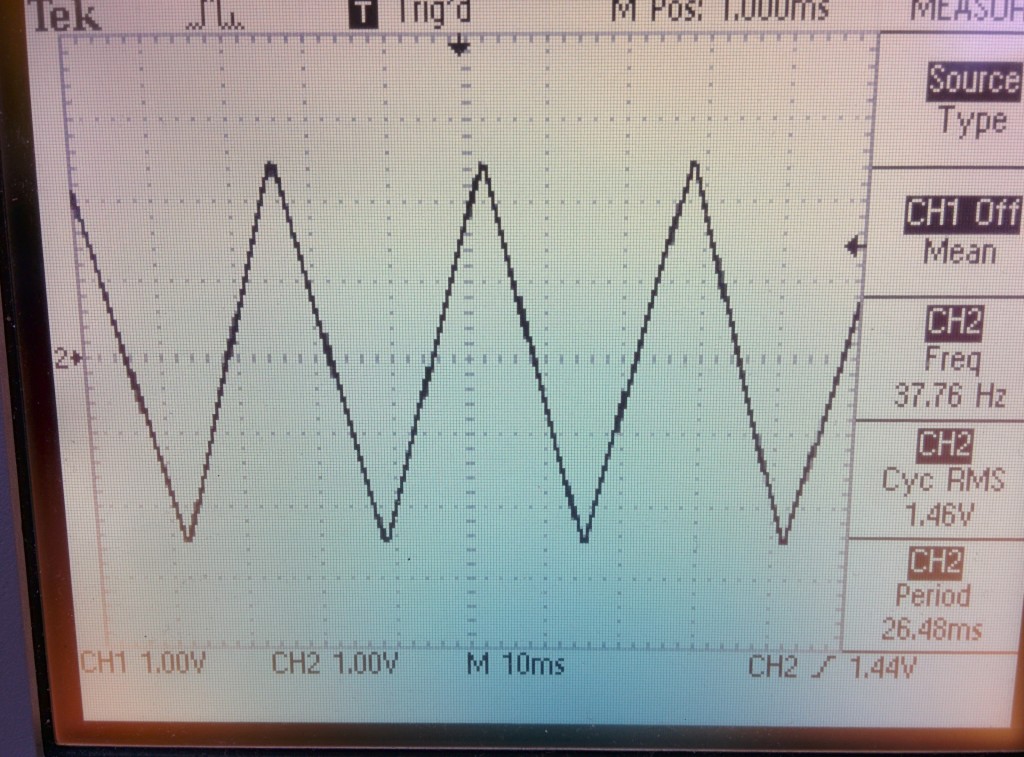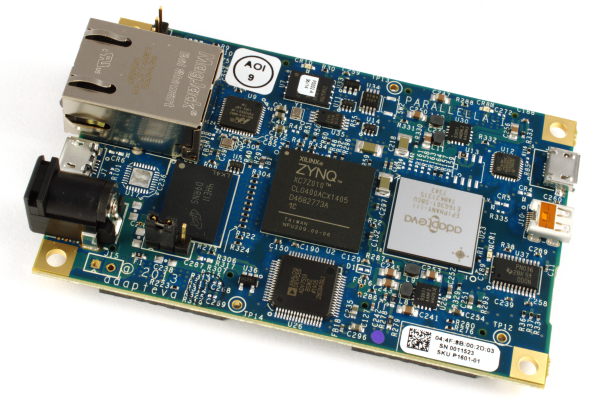By all measures I am a very lucky guy. Weird serendipitous things happen so often that I have stopped being surprised. For example, what are the chances that the high school kid living next door would turn out to be an absolute engineering rock star? Well here in Lexington, MA (highest # of PhD per capita in the US), I suppose the chance is not 0% but still…
Check out these open source projects from Aaron that combine the Parallella, Porcupine, and, Maxim PMODs. Maybe I am easily impressed, but I think this is pretty incredible considering his experience and the modest amount of time he spent on these projects!
- DAC waveform generator: This is a I2C DAC signal generator example using the Parallella’s built in hardware I2C support through the Linux I2C driver. It can generate either a sawtooth waveform or sine wave.User can select how many steps for each wave, which will increase the precision (at the expense of frequency). Using the least amount of steps (1 step per quarter period), waveforms max out around 600Hz.(Sources)
- Digital POT: Simple example of the Parallella bit-bang’in SPI library by using it to fade an LED. Uses Porcupine breakout board to break out gpio and PMOD connector. An 8 bit digital POT is connected through PMOD connector (SPI). 5V is put across channel A pot, and an LED is connected from the wiper to Gnd. No series resistor is necessary to protect the LED, since the wiper has 200 ohms of resistance. Each loop is calculated to take about 5 seconds to fade the LED high then low.(Sources)
Surely if a high school student can put together something like this the rest of us have no excuses;-)
Cheers,
Andreas


